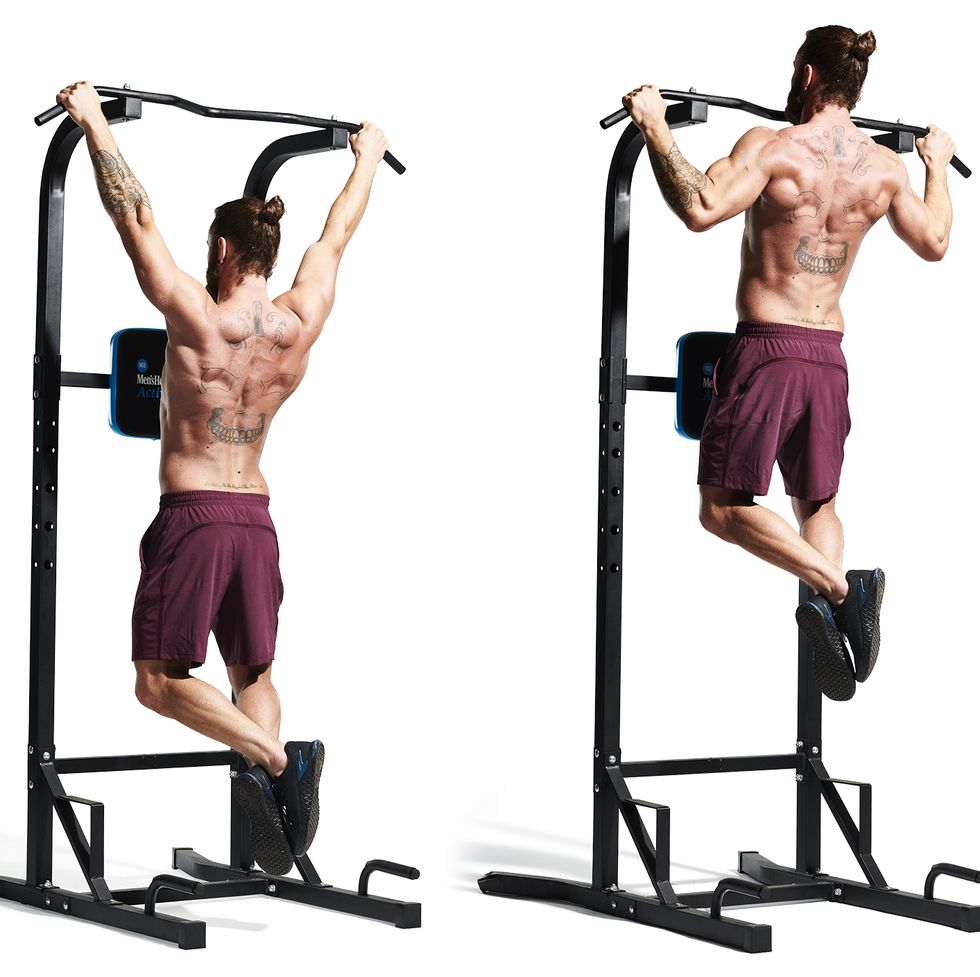Flat Bench Press 101 A Comprehensive Guide to Perfect Form

Mastering the Flat Bench Press: Unveiling the Secrets to Strength
The Foundation of Strength Training
When it comes to strength training, few exercises hold as much prominence as the flat bench press. This foundational movement is a staple in any serious lifter’s regimen, revered for its ability to target the chest, shoulders, and triceps with unparalleled effectiveness. But mastering the flat bench press isn’t just about lifting heavy weights—it’s about understanding the nuances of form, technique, and strategy that separate the amateurs from the elite.
Perfecting Your Form
At its core, the flat bench press is a relatively simple exercise: lie flat on a bench, grip the barbell with hands slightly wider than shoulder-width apart, and press the weight upward until your arms are fully extended. However, achieving optimal results requires meticulous attention to detail. From maintaining a tight grip on the bar to keeping your elbows tucked close to your body, every aspect of your form plays a crucial role in maximizing muscle engagement and minimizing the risk of injury.
Finding Your Grip
One of the most debated aspects of the flat bench press is hand placement. Some lifters swear by a wide grip, claiming it targets the chest more effectively, while others prefer a narrower grip to minimize strain on the shoulders. The truth is, the optimal grip width varies from person to person based on factors like shoulder width, arm length, and individual biomechanics. Experiment with different grip widths to find what feels most comfortable and allows you to lift the heaviest weight with proper form.
Understanding Muscle Activation
Contrary to popular belief, the flat bench press isn’t just a chest exercise—it’s a full-body movement that recruits muscles throughout the upper body and even the core. While the pectoral muscles certainly play a primary role in pressing
Push Pull Workout Build Strength and Muscle Balance

Unlocking the Power of Push-Pull Workouts
Understanding the Basics
Push-pull workouts are a dynamic training approach that divides exercises into two main categories: pushing movements and pulling movements. Each category targets different muscle groups and allows for efficient and effective full-body training. Understanding the fundamentals of push-pull workouts is essential for maximizing their benefits.
The Pushing Movements
Pushing movements primarily engage muscles involved in pushing objects away from the body. This includes exercises such as bench presses, shoulder presses, and push-ups. These movements primarily target the chest, shoulders, and triceps. Incorporating pushing exercises into your workout routine helps build upper body strength and muscle mass.
The Pulling Movements
Pulling movements, on the other hand, focus on pulling objects towards the body. This includes exercises like pull-ups, rows, and deadlifts. Pulling movements primarily target the muscles of the back, biceps, and forearms. By incorporating pulling exercises into your routine, you can improve your posture, strengthen your back muscles, and enhance overall upper body strength.
Benefits of Push-Pull Workouts
One of the key benefits of push-pull workouts is their efficiency. By grouping exercises based on movement patterns, you can streamline your workout routine and target multiple muscle groups in a single session. This not only saves time but also allows for greater muscle stimulation and growth. Additionally, push-pull workouts are highly versatile and can be adapted to suit various fitness levels and goals.
Balanced Muscle Development
Push-pull workouts promote balanced muscle development by targeting opposing muscle groups equally. This helps prevent muscle imbalances and reduces the risk of injury. By incorporating both pushing and pulling movements into your routine, you can ensure that all major muscle groups are adequately trained, leading to a symmetrical and proportionate physique.
Variety and Progression
Another advantage of push-pull workouts is the ability to incorporate a wide
